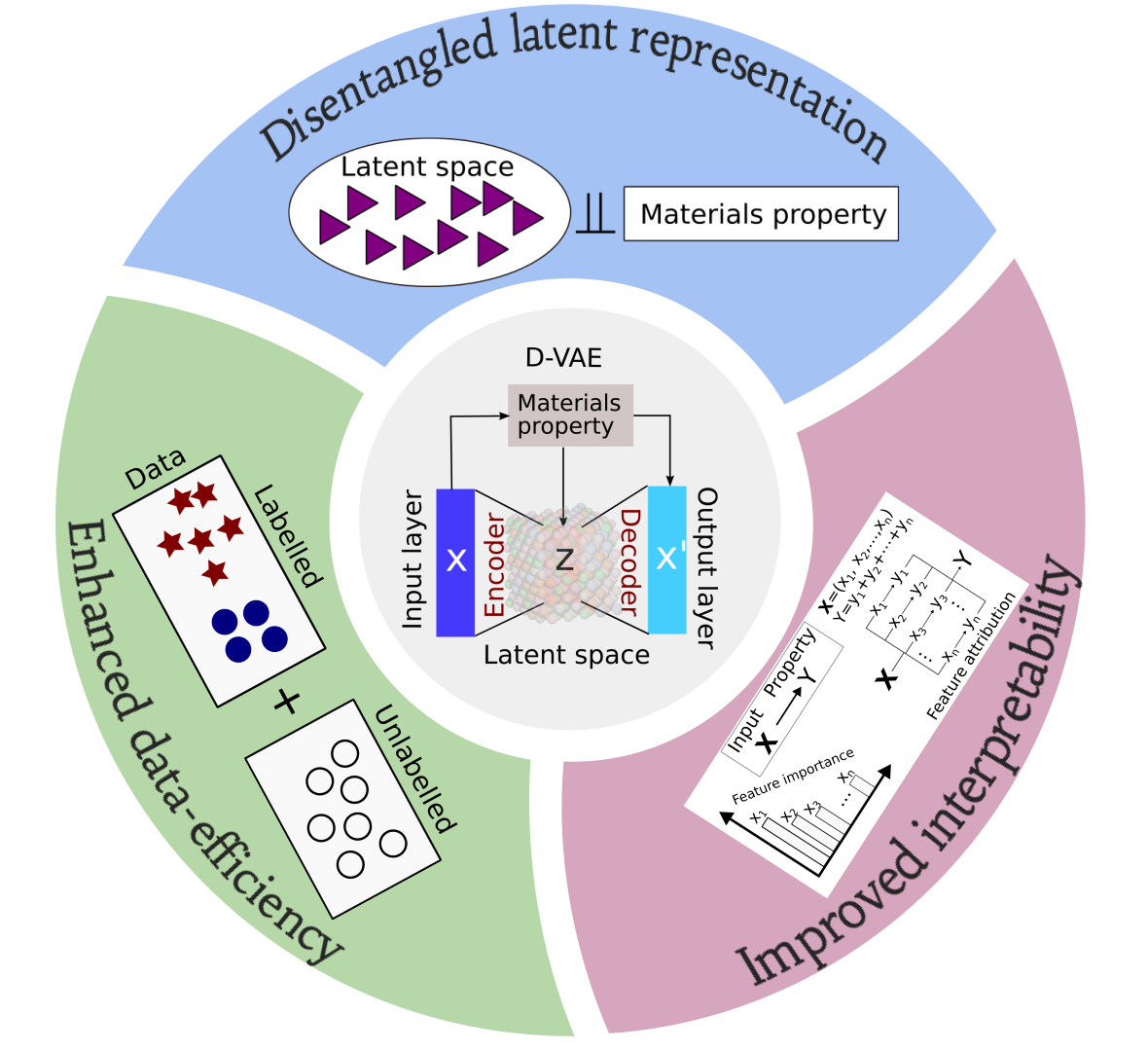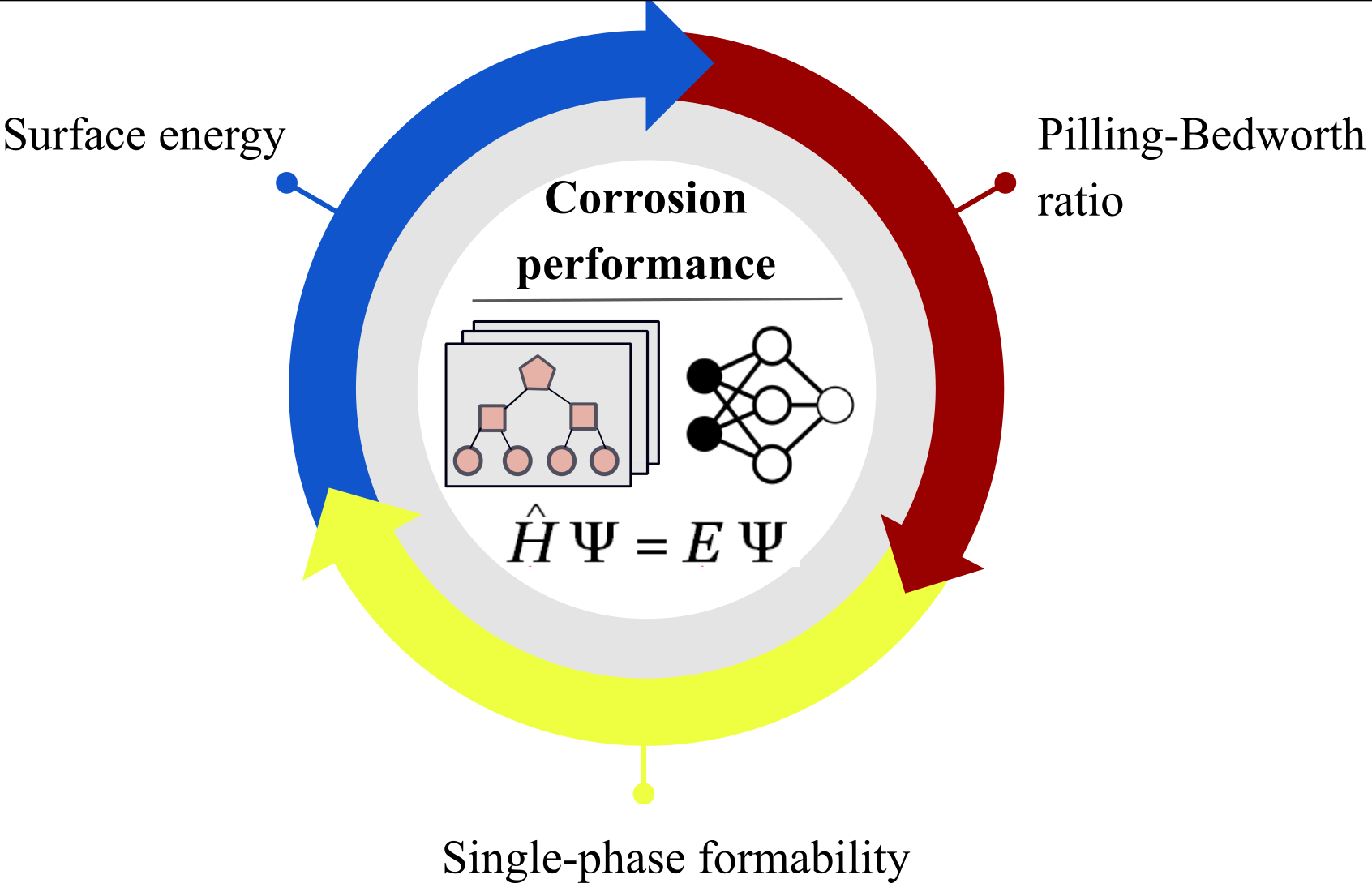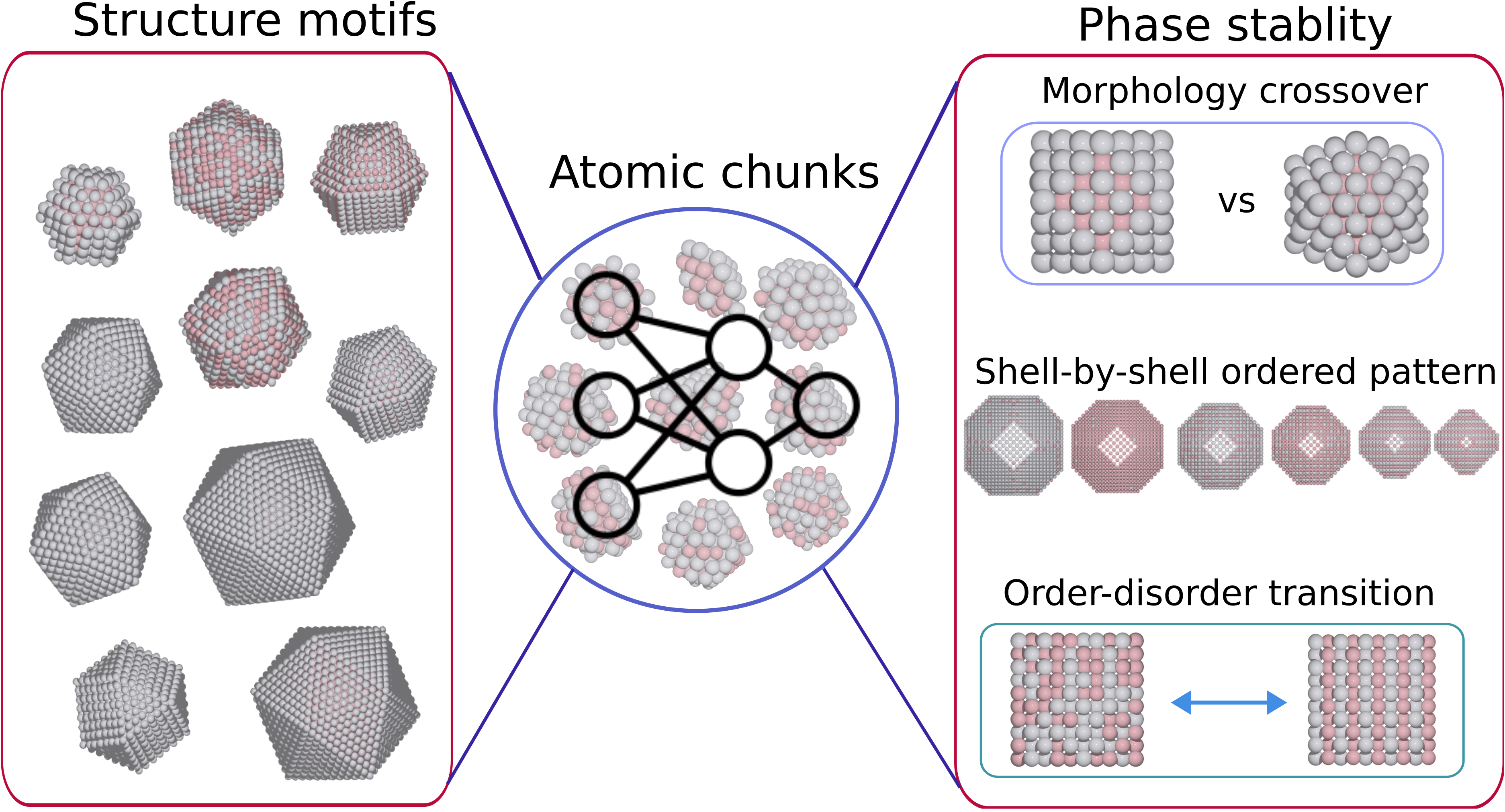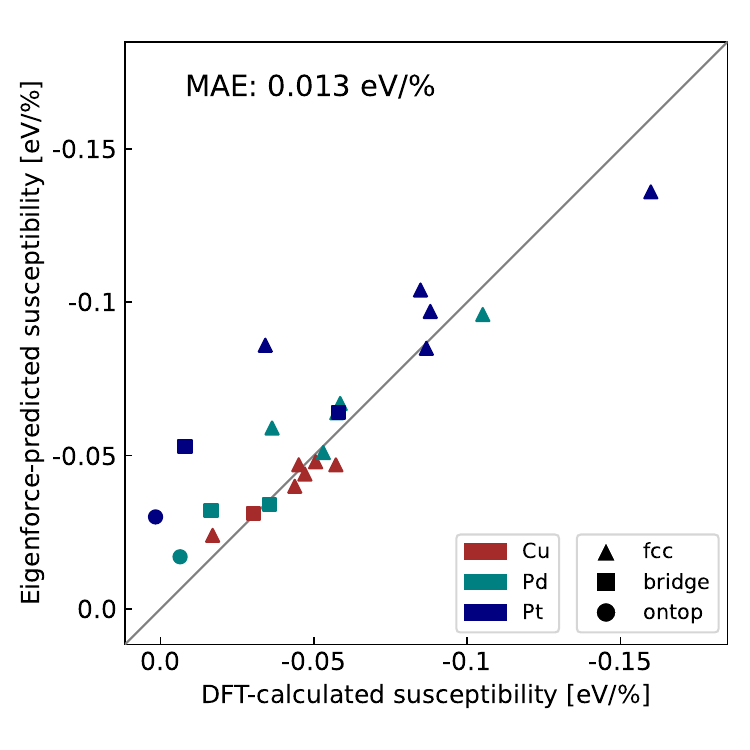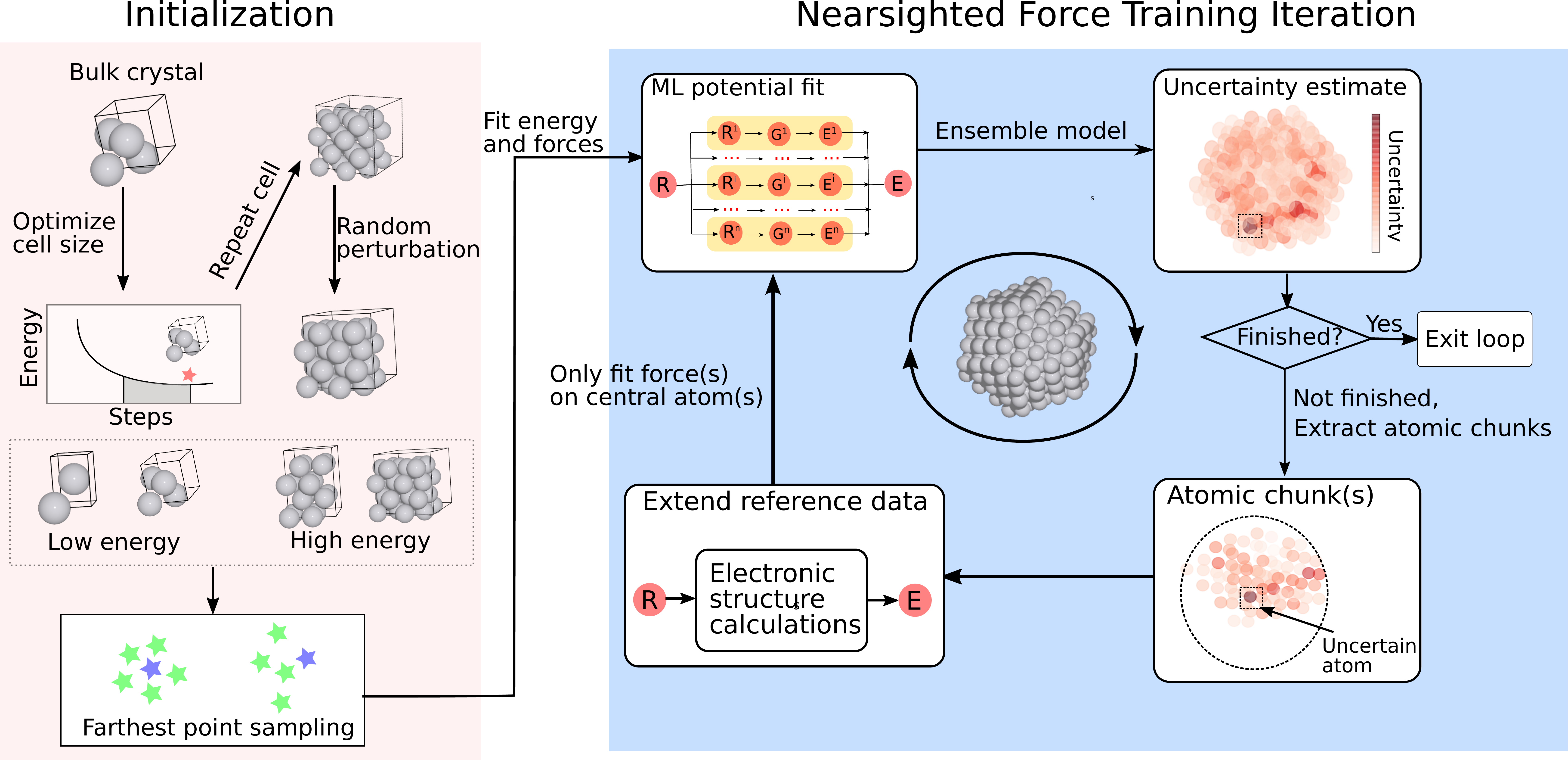Cheng Zeng
Postdoctoral associate at University of Florida.
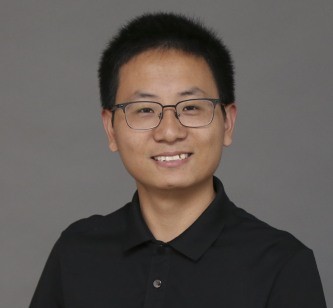
Contact: +1 (401) 396-6668
Email:c.zeng@ufl.edu
Hi! I’m currently a postdoctoral researcher at the University of Florida. Before joining UF, I was a postdoctoral fellow at the Experiential AI Institute and the Roux Institute of Northeastern University. I received my Ph.D. in Chemical Engineering and an M.S. in Data Science in 2022 from Brown University.
My research lies at the intersection of computational materials science, computational chemistry, and artificial intelligence. I develop generative models, machine learning interatomic potentials, and physics-based phenomenological models to accelerate the discovery and design of complex materials for a sustainable future.
I’m currently on the academic job market—welcome to connect!
Recent news [archive]
| 2025/11 | Our team (Cheng Zeng, Jirui Jin and Mingjie Liu) at UF under Prof. Liu won the HiPerGator Pioneering Team Award for Developing advanced techniques using graph neural networks to explore vast chemical space at the UF Artificial Intelligence and Informatics Research Institute. News release can be found here. |
|---|---|
| 2025/07 | Our paper MolGuidance, a comprehensive extension to PropMolFlow, has been accepted in ICML 2025 Generative AI for Biology (GenBio) Workshop. In this work, we integrate three advanced property‐guidance strategies—classifier‐free guidance, autoguidance, and model guidance—into an SE(3)‐equivariant flow‐matching framework for conditional molecule generation. |
| 2025/05 | Our PropMolFlow framework—now available online—uses flow matching parameterized by an SE(3)-equivariant graph neural network for conditional molecular generation. We demonstrate competitive performance against state-of-the-art diffusion models across a range of molecular properties, while maintaining high structural validity, stability, and sampling efficiency. To support reproducibility and further research, we also release two datasets: (1) DFT-computed properties for molecules generated with PropMolFlow, and (2) an updated QM9 SDF file (based on the DeepChem release) in which all bond-order and charge inconsistencies have been corrected. |
